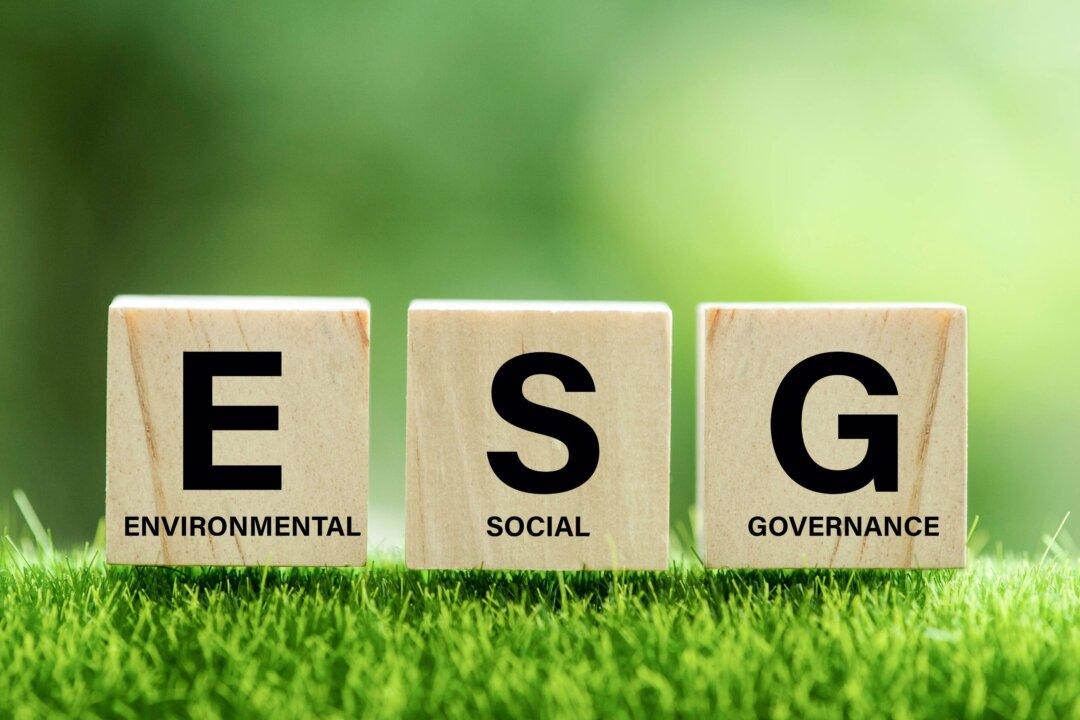Commentary
When I first heard the term “green bonds” several years ago, I tried to find a definition for the term, but could not. There were multiple examples of how “green bonds” could be used, for things like mass transit systems, wetlands preservation, etc. But there was no “standard” definition per se.





